Origin and Ecosystem :
Maple honey, a little-known gustatory treasure, comes from the forests forests of Haut-Bugeyalso known as Ain scrubland. Bees gather nectar from the flowers of the field maple, a species native to Europe. These trees, which can reach impressive heights of between 10 and 45 meters, grow mainly in forests, offering protection from the extreme cold and wind.
The field maple is a melliferous plant in the Sapindaceae family, formerly classified as Aceraceae. Forests dominated by maples are known as aceraie or érablaie, creating an ecosystem conducive to the production of honey of exceptional quality.
What’s the difference between maple honey and maple syrup?
Field maple flowers in spring, usually in April-May. At this time, the flowers maple flowers, which range in hue from green to red, release abundant nectar. Bees, attracted by this natural source of sugar, collect the nectar to make honey.
When weather conditions are optimal, bees can harvest a considerable quantity of nectar, which contributes to its scarcity. rarity and exceptional quality.
Appearance of Maple Honey :
Maple honey is a liquid that crystallizes slowly over time, giving it a creamy texture. Its brown color evokes the richness of its aromas. The caramelized aroma prefigures a balanced taste, both caramelized and fruity, offering a unique taste experience. To sum up, it has a caramelized, fruity flavor, with a liquid consistency that gently crystallizes over time.
Nutritional properties and benefits of maple honey :
Maple honey from France shares nutritional characteristics with other quality honeyssuch as fir or oak honeydew. It is renowned for its richness in polyphenols, antioxidant compounds that are beneficial to health. In addition, maple honey contains various trace elements such as iron, boron, manganese and potassium, contributing to its nutritional properties.
Uses and Trivia :
In addition to its gastronomic applications, maple honey is also used in unexpected areas:
Maple forests provide samaras, the fruits of the maple tree, which are a significant source of food for certain rodents and insects.
In short, maple honey, harvested in the Ain scrubland, offers an exceptional sensory experience. Its rarity, botanical origin, slow crystallization and nutritional properties make it a unique beekeeping product. To taste this honey is to plunge into a preserved natural universe, where bees gather nectar from a diverse flora, giving rise to a multi-faceted gustatory treasure.
Did you know?
Because of its properties and the quality of its wood, maple is also used in lutherie. It is prized in the manufacture of high-end guitars, electric basses and drum kits, adding an artistic dimension to the traditional use of honey.
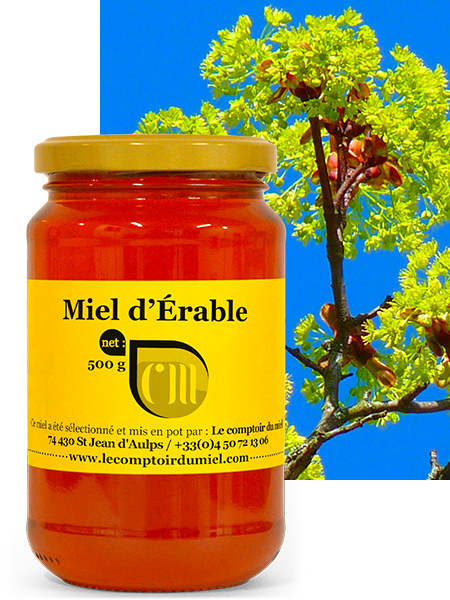
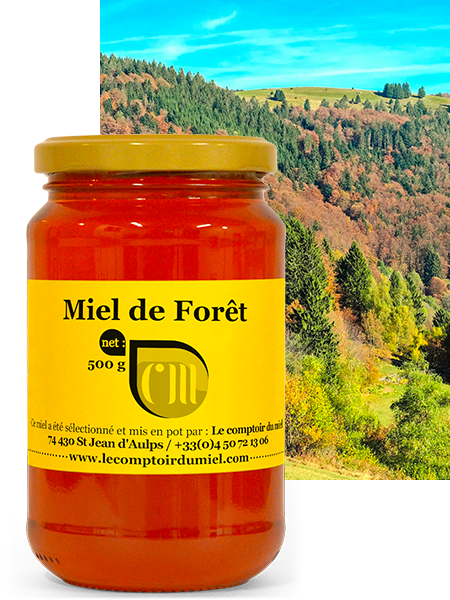
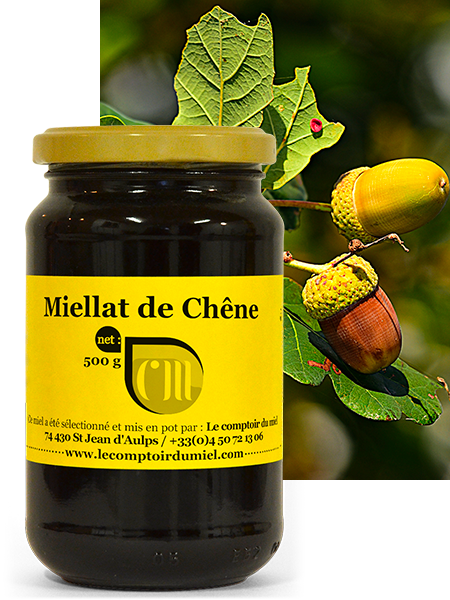
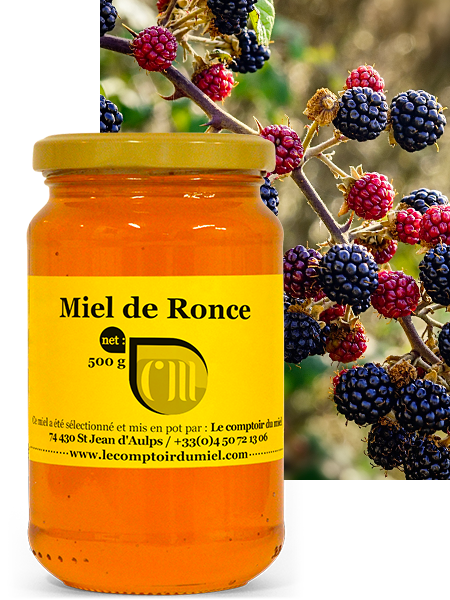
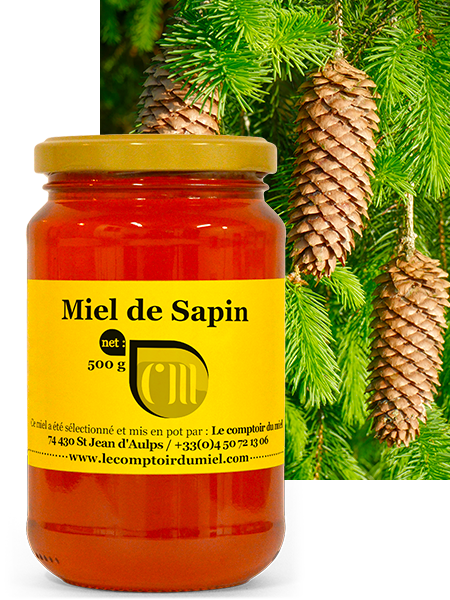
Reviews
There are no reviews yet.